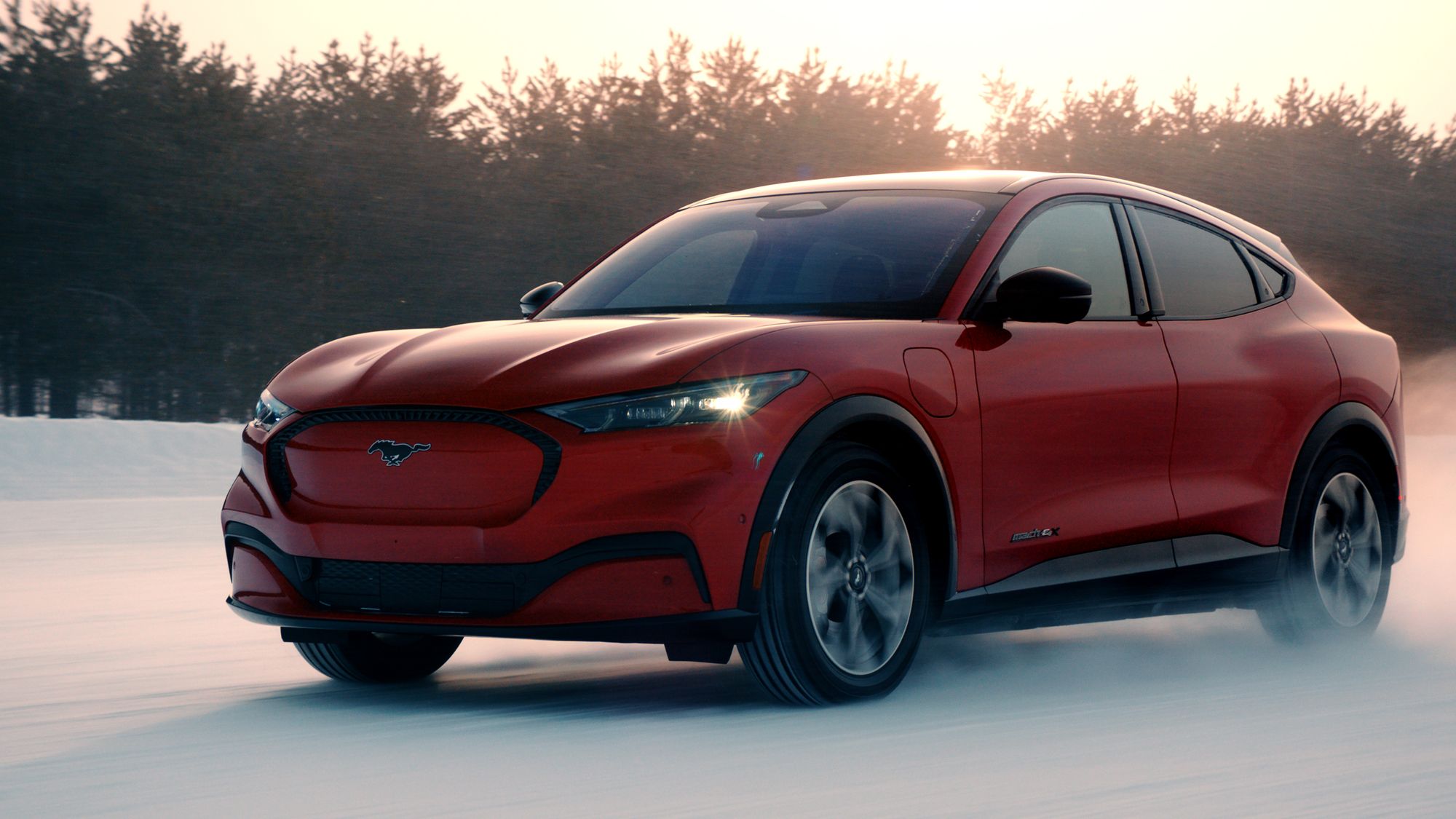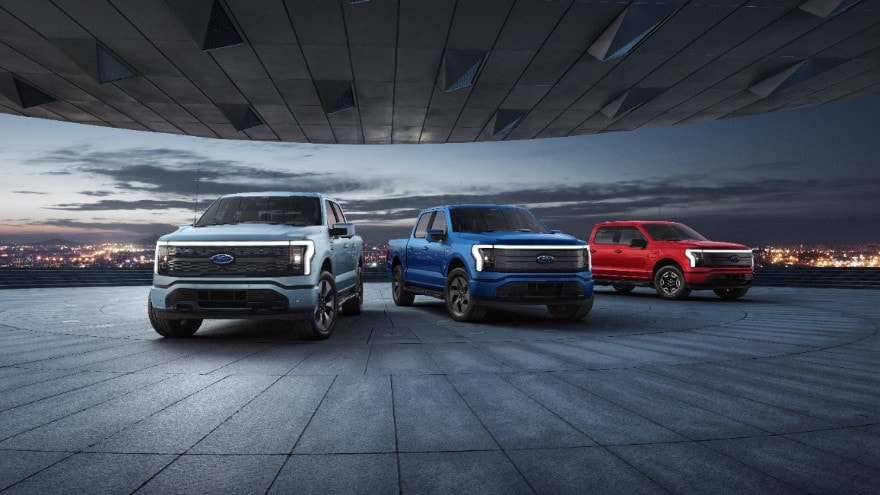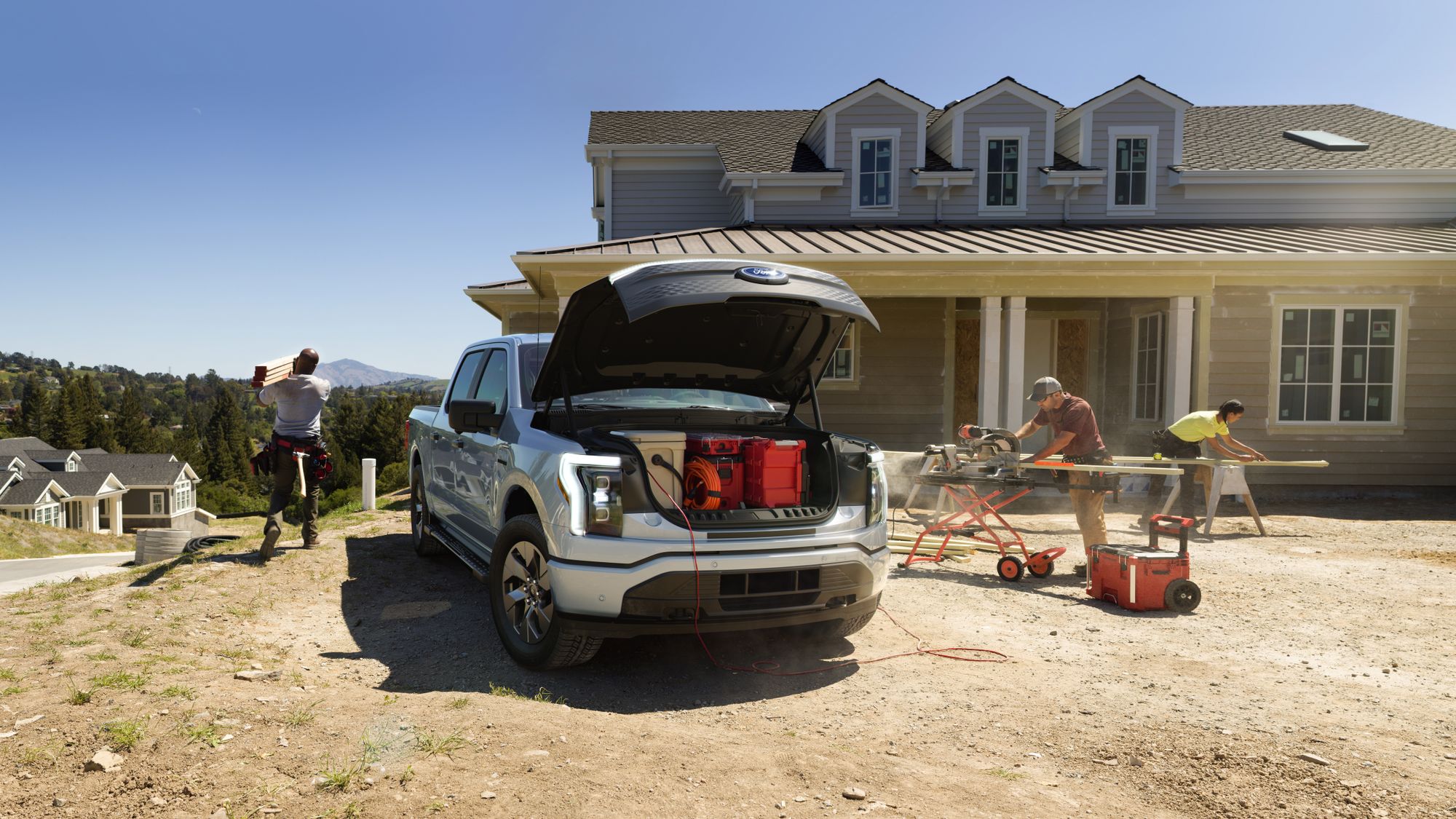I guess that racing has been a part of the automotive world since the second automobiles hit the roads. Competition is an integral part of this industry’s character. Whether it is getting new products to market, making faster assembly lines, or selling more cars each year, car manufacturers have always been a competitive lot. And while Electric Vehicles are only about 2% of all new vehicles sold in 2020, no one wants to be the last manufacturer to make its mark in this exciting new segment.
Unlike other technologies that carmakers have brought to market over the years, Electric Vehicle sales are actually not being driven by customer demand! E.V.s are being pushed by manufacturers’ desire to be seen as experts and supporters of Electric Vehicle technology because they know the legislation currently in place will make electric cars mandatory in the future. As of today, the vast majority of car buyers suffer from “range anxiety,” worrying that they will run out of charge before they get where they are going. They are concerned about the price premium over the cost of a similar gasoline-powered vehicle of similar size and equipment. And they are worried about the lack of places to get their E.V. recharged. All of these concerns are of some concern today.
But carmakers realize that Electric Vehicles will be the future, and no manufacturer wants to be perceived as a laggard. Nor do they want to be seen as non-believers or an organization that is not responsive to today’s interest in a cleaner world. While Ford was not the first manufacturer to announce they were going to make electric vehicles, this year, they have made their commitment to Electric Vehicles as clear and bright as a neon sign.

In his remarks to shareholders and the media in February of this year, Ford President and CEO Jim Farley stated, "The transformation of Ford is happening, and so is our leadership of the E.V. revolution and the development of autonomous driving. We're now allocating a combined $29 billion in capital and tremendous talent to these two areas, and bringing customers high-volume, connected electric SUVs, commercial vans, and pickup trucks."
Mustang Mach-E
Farley showed the world Ford was not fooling around last year when they introduced the Mustang Mach-E, the first electric Mustang. Initially, the enthusiast world was aghast. How could anyone even consider an electric Mustang! After all, wasn't the Mustang the car that inspired the pony-car revolution in the mid-sixties? And now, not only was it going to be electric, but it was going to be an SUV as well? After the initial shock wore off, the orders started streaming in. And by the time customers started taking the first deliveries at the end of 2020, the word was out that it was a very cool vehicle! In January of this year, the Mustang Mach-E and its Ford stablemate, the Ford F-150 (pickup), were named The 2021 North American Utility and Truck of the Year, respectively.

Just a few years ago, Ford announced that now that the market had changed, it would no longer make traditional sedans, once the mainstay of the automotive world. SUVs from small crossovers to large 7-seaters have replaced sedans and wagons. Again, the world was shocked by this announcement. But just a few years later, Ford is doing just fine. Its portfolio transformation is nearly complete, with 97% of its production mix in the U.S. region comprised of trucks, vans, and utility vehicles.
Farley said his company is "all in and will not cede ground to anyone" in developing and delivering connected electric vehicles and services in mainstream areas for Ford: pickups, commercial vans, and SUVs. The Mustang Mach-E, he said, is receiving great customer and critical reviews, and will be followed by the first E-Transit commercial van (late 2021) and an all-electric F-150 pickup (mid-2022). As EVs become primary in Ford’s lineup, they will add dedicated manufacturing facilities around the world.
Ford’s development and delivery of connected vehicles will be enhanced by a new six-year partnership with Google, announced earlier this year. The two companies establish a collaborative group called Team Upshift to unlock personalized consumer experiences and create and make the most of data-driven opportunities. Thanks to Google’s operating systems, apps, and services, Ford will be able to accelerate its transformation in critical areas like modernizing its operations, partnering for expertise and efficiency, and creating must-have products and services.
Ford Gives A Whole New Meaning To The Term Work Truck
While not available until the Spring of 2022, this week, Ford proudly announced the first-ever all-electric F-Series truck purpose-built for commercial customers. It will join the E-Transit in the growing lineup of Ford work-ready electric vehicles.

F-150 Lightning Pro
The Lightning Pro will offer value and performance starting from an MSRP of $39,974 with a standard range battery and dual-motor power, 4x4 configuration, targeting 426 HP! And delivering an EPA targeted range of 230 miles. As for its weight capacities, the standard version targets a payload of 2,000 pounds and a towing capacity of 5,000.
Charging is designed to be versatile and straightforward. It is designed to be easily integrated into North American fleets with available 48 and 80 amp charging with Level 2AC, plus Ford charge management solutions for home, public, and depot charging.
Perhaps the most eye-popping aspect of the F-150 Lightning PRO is its FRUNK. It is a wonderful and handy space found where the internal combustion engine in traditional trucks used to be. It is a spacious, high-tech cargo area complete with four 120-volt AC Pro Power Onboard electrical outlets and two USB ports. It also features a rugged and water-tight space strong enough to store 400 pounds of cement bags. Under its power-operated waterfall hood, with bumper height opening, this well-lit space can be locked or unlocked and accessed by a remote key fob, an exterior button, or a dash-mounted button. A built-in drain makes for easy cleaning should it be needed.

Its official Ford name is the Mega Power Frunk. Merriam Webster says, "Frunk is a popular portmanteau of front and trunk referring to cars that have their storage spaces in the front rather than in the rear, as is more typical. It should be noted that our definition of trunk does not require it to be located in the back in the first place. "
It takes on new meaning when referred to as a Frunk. And it is a very clever idea and a great use of space. This allows a carpenter or electrician to keep his tools secure in the Frunk while leaving the bed open for bulkier materials.
Also, in keeping with Jim Farley’s commitment to changing the way Ford has always done business, the company has appointed Ted Cannis as General Manager, Ford North America Commercial Business. Cannis is aware that commercial customers track their business expenses very closely, and they are willing to pay for what they need, but not a penny more.

To help gauge precisely how much they might save, Ford commercial customers will have exclusive access to a new Ford digital fleet planning tool. It will calculate various factors, including purchase and leasing costs, federal and regional tax incentives, and regional fuel and energy costs. The F-150 Lightning Pro targets reducing scheduled maintenance costs by 40% over eight years and 100,000 miles - with potential operational cost saving through lower fuel costs.
People familiar with the automobile industry have known that one of the strongest cards in Ford’s hand was the commercial vehicle market for decades. Ford’s F series trucks were frequently the leaders in their market segments.
So, between Ford’s deep commitment to Electric Vehicles, and their commitment to the commercial vehicle segment, their future could be very bright indeed. As we enter the race to electrify our cars and trucks, Ford intends to be at the head of the pack. The race is about to start. And I promise you this one will be exciting!
You may recall this article started with the thought that the race for Electric Vehicles was not driven by customer demand but by impending government requirements. That is true, and as this article is written, the natural customer demand only represents about 2% of new vehicle sales. So who is going to buy all of these wonderful new EVs from virtually every manufacturer? The answer to that remains to be seen. But one of the clever elements of Ford’s strategy is their catering to the commercial vehicle sector. Also, many purchasers of commercial vehicles may be motivated to buy EVs to enhance their environment-friendly image.
Surely electric companies, government agencies, the post office, and even gas companies will be likely customers for EV vans and pickups. They will likely even find some government incentives to encourage their purchases.
It is also interesting to note that gasoline prices across the U.S. have increased by almost 50% during the past 12 months, moving from just over two dollars a gallon to just over three dollars a gallon. That makes EVs just a bit more attractive to everyone.
In consumer research conducted several years ago, TechnoMetrica found that most people would be interested in considering an EV when gasoline prices hit five dollars a gallon. And the increasing gas prices back then reversed themselves before we hit that level. But, we don’t know what lies ahead.
One final thought. The batteries in EVs do not last forever. They do not just die, but instead lose their ability to quickly recharge and stand up to the rate of heavy discharge they experience in a vehicular operation. When they need to be replaced, we need to have a plan in place that will allow us to:
- Handle the large and heavy batteries that are removed;
- Figure out re-uses for batteries that are not fit for EVs but still have a useful life in less demanding applications;
- Develop a robust system to deal with battery recycling that is spread across the country so that we don’t expend all the energy we saved by switching to EVs, transporting their used batteries back to a single recycling location!
- Or worse yet, we have to ship our used batteries to another country for recycling.
Even EVs have their environmental challenges!
ICYMI
Last week, we ran a four-part series on the topic of breaking up big technology companies. Here are the articles.














